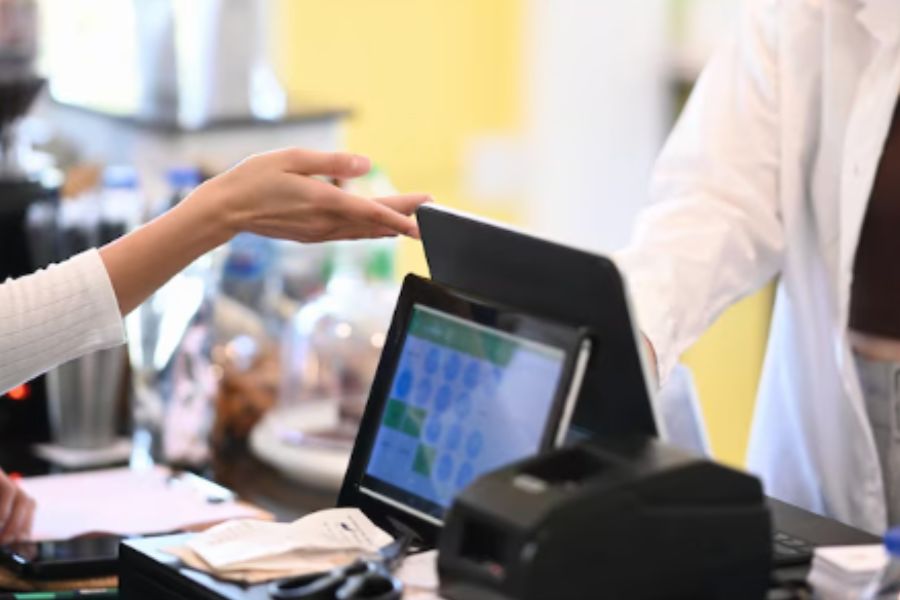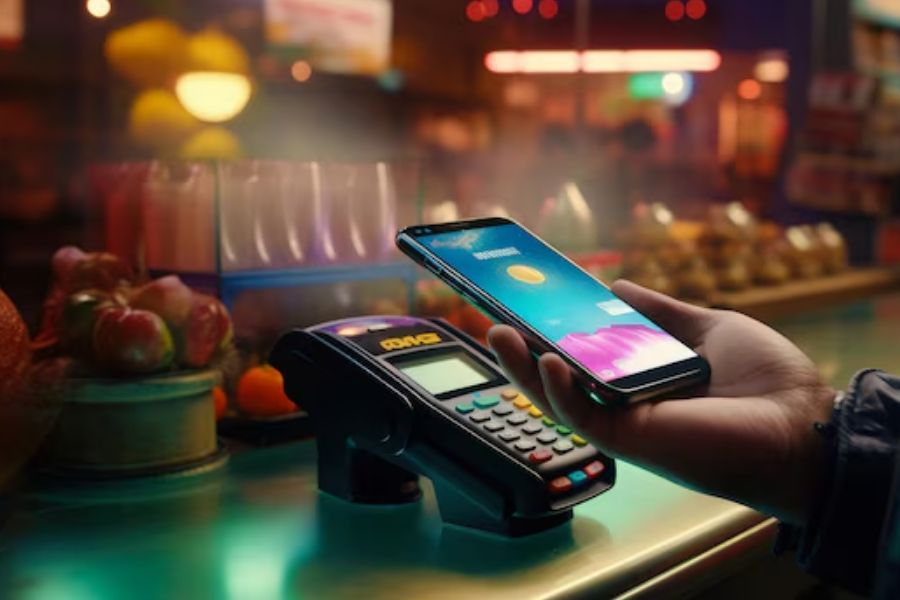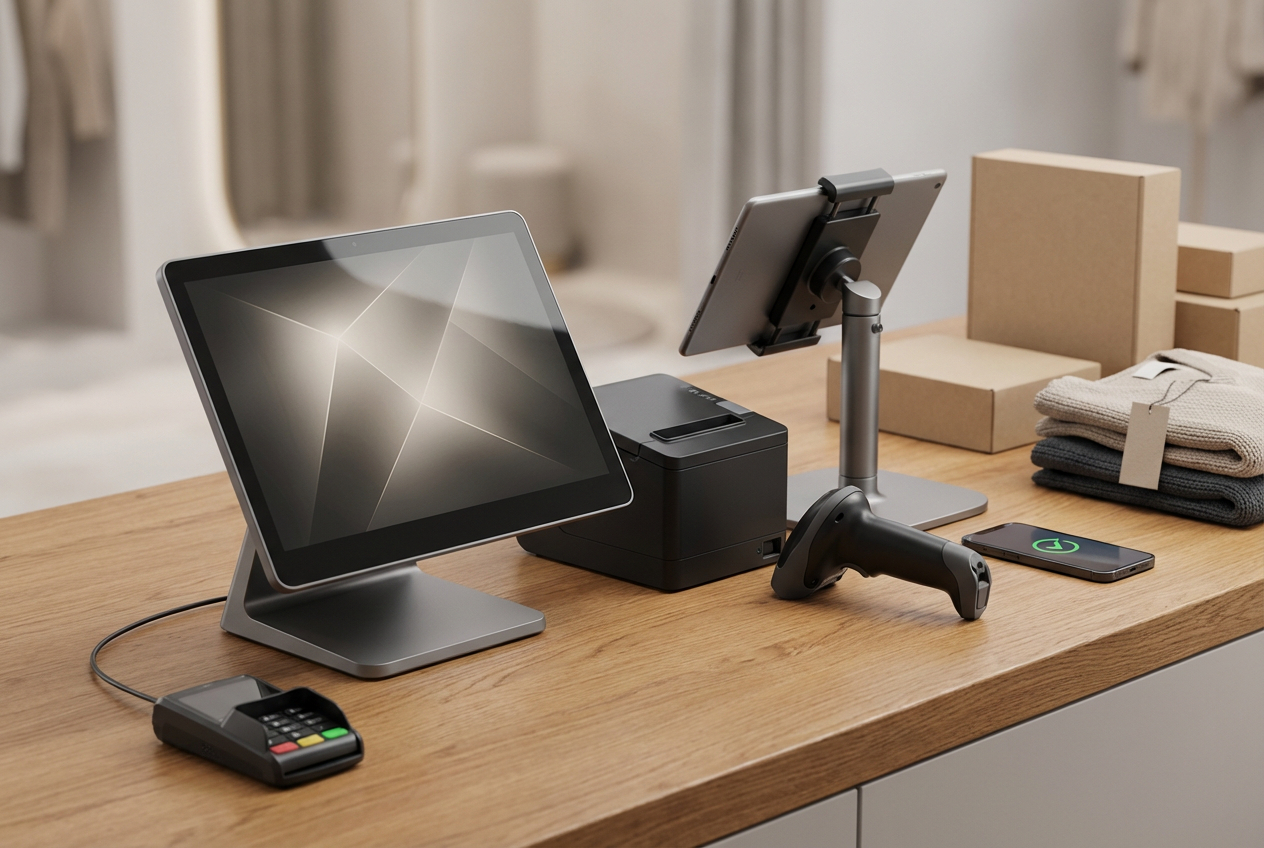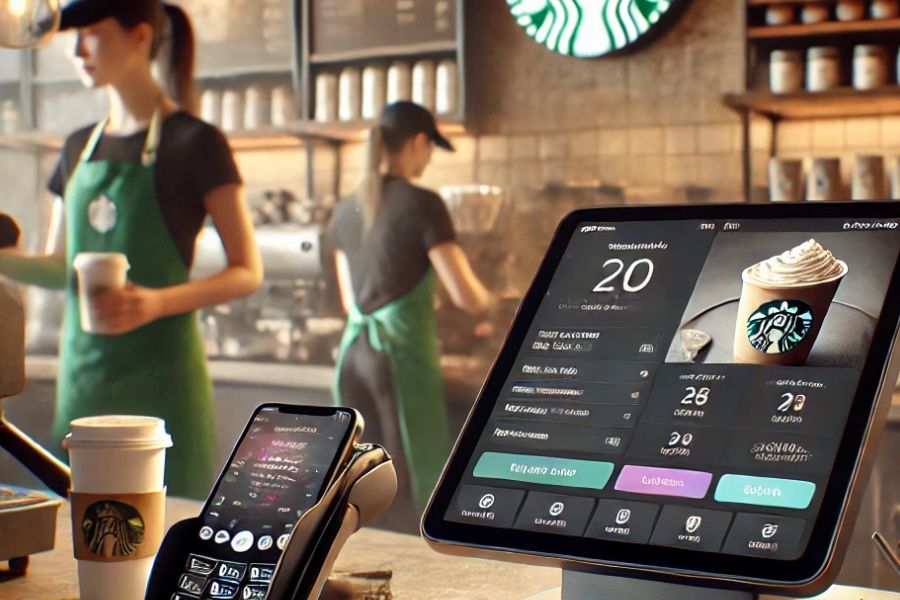Growing interest in digital shopping habits across Southeast Asia is fueling new strategies for businesses to keep customers coming back. Many retailers are now looking to a POS distribution approach to deliver simpler checkouts, varied payment methods, and real-time product updates. Let’s explore what’s shaping this momentum, which parts matter, and how you can apply it all in your stores.
Highlights:
- An effective POS distribution system is one with end-to-end solution, from hardware, software, to payment flexibility.
- With a POS distribution system, retailers can accelerate the checkout process, personalize promotions and have an oversight of inventory, ultimately resulting in a streamlined customer experience.
The Importance of POS Distribution in Southeast Asia
Southeast Asia’s retail market is like a big ‘melting pot’ of payment behaviors. Mobile apps, QR codes, and e-wallets are popular with folks who want everything done with a swipe. Physical money remains big in some rural spots, but digital payment usage keeps rising. According to recent reports, the region’s POS terminal market is expected to reach about USD 10 billion in the next few years. That’s nearly double from the USD 4.96 billion recorded not long ago.
Shoppers also appreciate promotions that appear on their phones, along with immediate order confirmations. A suitable distribution POS helps you work across these varied expectations, so you can handle both digital fans and those who still prefer a quick cash handoff. If you skip out on adapting, you risk losing to the retailer next door who provides a frictionless experience.
Growing Digitalization and Cashless Transactions
Many big cities in Vietnam, Thailand, and Indonesia are now home to a large number of contactless payment users. Data suggests that e-wallet adoption is increasing, with more than half of consumers in certain areas opting to tap or scan rather than swipe or hand over bills.
You might see a mother in Bangkok paying for groceries with a QR payment, or a student in Ho Chi Minh City grabbing a snack with an e-wallet. A smooth POS distribution setup makes these checkout choices quick and consistent.
Changing Consumer Expectations and Demand
Shoppers lean toward convenience. They want a store to remember their favorite items, let them skip lines, and maybe even send friendly texts about special deals.
When the store can display real-time stock updates, so the newest ‘limited edition’ item appears as soon as it becomes available, it grabs attention.
A cohesive customer experience solution can manage these details in a snap, building trust that drives folks back into your store or online shop.
Core Components of Effective POS Distribution
Crafting the right system for your stores hinges on three pillars: hardware, software, and services. Getting them all working together can keep your entire chain in sync, no matter where your shoppers are.
Hardware, Software, and Services Integration
Every store has a unique layout. Some run a single terminal at checkout; others deploy multiple stations. Still others skip the register line by using tablets or scanning guns on the sales floor.
►►► Optimal solution set for businesses: Multi store POS, Next-gen POS, Inventory Management Software (MSI), Self Service, Automation, Backorders
Regardless of the setup, you need synergy between the device (hardware), the transaction management (software), and any helpful add-on services such as loyalty programs or returns processing.
Integrating these into one neat system creates a nimble back-end that’s ready to adapt to new demands.
Fixed vs Mobile POS Systems
Fixed counters aren’t going away soon. They’re familiar and reliable for a continuous workflow, especially in larger supermarkets where lines may form at busy times. Yet mobile POS systems have a place too.
Picture a pop-up stall at a mall in Kuala Lumpur or a roving kiosk in Singapore, each taking card taps and printing receipts from a simple handheld device.
This approach can lower wait times and let staff bring the checkout directly to customers. That ‘roaming checkout’ idea is especially helpful in small spaces or events with crowds.
Payment Flexibility and Security
No one wants to stand in line while the cashier fumbles with a new payment type. With modern POS distribution, you can run various payment methods such as credit/debit cards, e-wallet apps, PromptPay in Thailand, Dana in Indonesia, GCash in the Philippines, or cross-border contactless options.
Custom POS setups can also integrate encryption and tokenization to reduce fraud. A safe environment matters just as much as speed, so your customers can shop more confidently.
Streamlining Customer Experience Through POS Distribution
Adopting an aligned distribution POS approach sets you up for smooth interactions from start to finish. Shoppers demand speed and personalization. If you’re not giving them both, they’ll quickly move on.
Accelerated Checkout and Reduced Queues
Picture a busy Sunday in a big grocery store in Malaysia. Cart wheels squeak down the aisles. Many shoppers expect to pay by scanning a code on their phone. If you’re not set up to handle that quickly, you’ll wind up with annoyed faces and abandoned carts.
Having an integrated system means you can scan items, tally up loyalty points, apply coupons, and finalize payments in seconds. You do it all at one register or even a mobile device, cutting lines down so folks can get on with their day.
Personalized Promotions and Loyalty Programs
People often respond to tailored perks. Let’s say a shopper in Indonesia regularly buys certain snacks on weekends. A smart system like CRM POS can present them with a quick discount on their phone or an instant reward at checkout. That personal touch feels good and prompts them to keep choosing your store.
Research from certain loyalty experts shows that almost three-quarters of customers are swayed by programs that actually speak to their interests. So you’re not just guessing; you’re capturing real buying patterns for targeted deals.
Inventory Visibility and Real-time Updates
Imagine promising the latest gadget or an exclusive line of cosmetics, only to realize halfway through a transaction that you’re sold out. That’s a sour note. With real-time stock updates, staff sees what’s on the shelf at any store location.
A real-time reporting & analytics module can also suggest items from other branches if something’s missing. It keeps your brand from over-promising, while the shopper doesn’t feel let down or forced to ‘shop around’ elsewhere.
Overcoming Regional Challenges in Southeast Asia’s POS Distribution
Anyone who has tried to unify systems across multiple Southeast Asian countries knows there are quirks to consider. No single approach works for all. That’s why local adaptation counts.
Infrastructure Gaps and Connectivity
Some markets have consistent, high-speed internet. Others face blackouts or poor signals, especially outside major cities. A distribution approach with offline capabilities can come in handy.
The system can process transactions, store them safely, and auto-sync once the connection is back. Stores in remote provinces, weekend pop-up events, or busy festivals benefit from that reliability.
Adapting to Local Regulations and Tax Systems
Value-added tax, goods and services tax, or other regulations might differ from Singapore to Vietnam to Malaysia.
That means your system can’t be one-size-fits-all. It must handle varied tax structures, currencies, and compliance rules in each place.
The right POS distribution platform automates these differences, so staff doesn’t need to remember which box to check for each location.
Financial Inclusion and Unbanked Consumers
Southeast Asia has millions who are ‘unbanked’ or ‘underbanked.’ They might rely on cash, digital wallets with top-up kiosks, or bank transfers from micro-finance outfits.
You’ll want a distribution POS that welcomes such payment diversity. That means scanning a code for a local e-wallet, or letting them pay partial cash, partial e-wallet. Being flexible invites more people to shop with you.
ConnectPOS – Your All-in-One POS System in Southeast Asia
Retailers across Southeast Asia face a unique mix of needs: diverse payment methods, different tax rules, varying levels of internet access, and high customer expectations. ConnectPOS helps simplify all that with one flexible system that’s ready for the region.
Whether it’s a shopping mall in Singapore or a mobile pop-up in Vietnam, ConnectPOS is built to run smoothly in any setup: online, offline, or both. Here’s how it supports better POS distribution and sharper customer experiences across Southeast Asia:
- Cloud-Based & Real-Time Sync: Orders, customer data, promotions, and inventory update instantly across channels. No delays. No manual syncing. Just clean data you can count on.
- Mobile POS for On-the-Go Selling: Sales staff can move freely with tablets or phones, reducing queues and serving customers on the spot. Great for tight spaces, events, or stores with limited checkout counters.
- Offline Mode that Keeps You Selling: Even if the internet drops, transactions still go through. Once back online, the system syncs automatically. This is critical in areas with patchy connectivity.
- Support for Regional Tax & Language Settings: ConnectPOS adapts to local requirements like multi-tax rates (VAT/GST), language preferences, and currency formats. It’s ready for retail in Vietnam, Thailand, Malaysia, Indonesia, and beyond.
- Hardware Compatibility Across Environments: The POS works with common receipt printers, barcode scanners, and payment terminals, so retailers can keep using their existing setup or scale as needed.
- Integration with Leading Platforms: Native support for Shopify, Magento, and BigCommerce ensures smooth operations for hybrid retailers running both brick-and-mortar and eCommerce stores.
- Tailored Experiences Through Loyalty, CRM, and Promotions: Deliver personalized service with customer profiles, loyalty points, and targeted discounts, all managed in one place.
With Southeast Asia’s market growing rapidly and shoppers expecting fast, personalized service, having the right distribution POS system matters more than ever. ConnectPOS gives retailers the tools to meet those demands without tech headaches.
FAQs: POS Distribution
1. Why is POS distribution important in Southeast Asia right now?
Cashless adoption is growing fast, and retailers need tech that keeps up with modern shopping habits.
2. What’s the most significant barrier to POS adoption in the region?
Unstable internet and lack of infrastructure in rural areas still limit access to reliable POS systems.
3. How does mobile POS support customer experience?
It shortens queues, speeds up checkout, and gives staff more freedom to serve shoppers anywhere in-store.
Final Thoughts
If you plan to thrive in Southeast Asia’s dynamic retail sector, a carefully chosen POS distribution approach is key. Customers look for speed, security, and personal touches, so your system must handle everything from mobile checkouts to real-time stock counts. You’ll keep inventory sharp, payments swift, and loyalty strong by adopting a robust solution like ConnectPOS.
So skip patchy platforms that tie your hands. Go for an adaptable approach with distribution POS at the center. That way, you’ll stay ahead in a region bursting with potential, while giving shoppers that prompt, personal, and reliable shopping trip they’ve been longing for.
If you’re ready to build a smarter, faster retail experience across Southeast Asia, ConnectPOS is here to help. From flexible POS distribution to real-time sync across every channel, our solution is built for the way you sell. Let us handle the tech, so you can focus on what matters most: your customers. Reach out to us to get started.
►►► Optimal solution set for businesses: Shopify POS, Magento POS, BigCommerce POS, WooCommerce POS, NetSuite POS, E-Commerce POS



